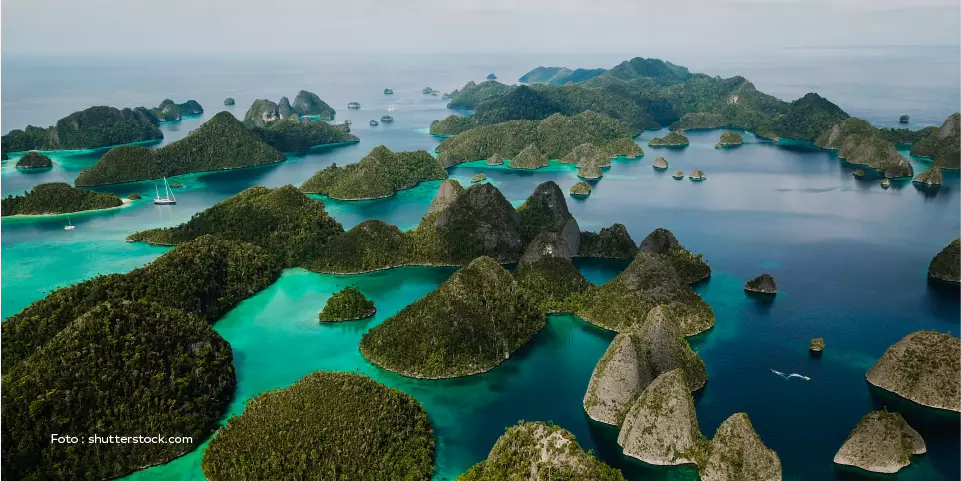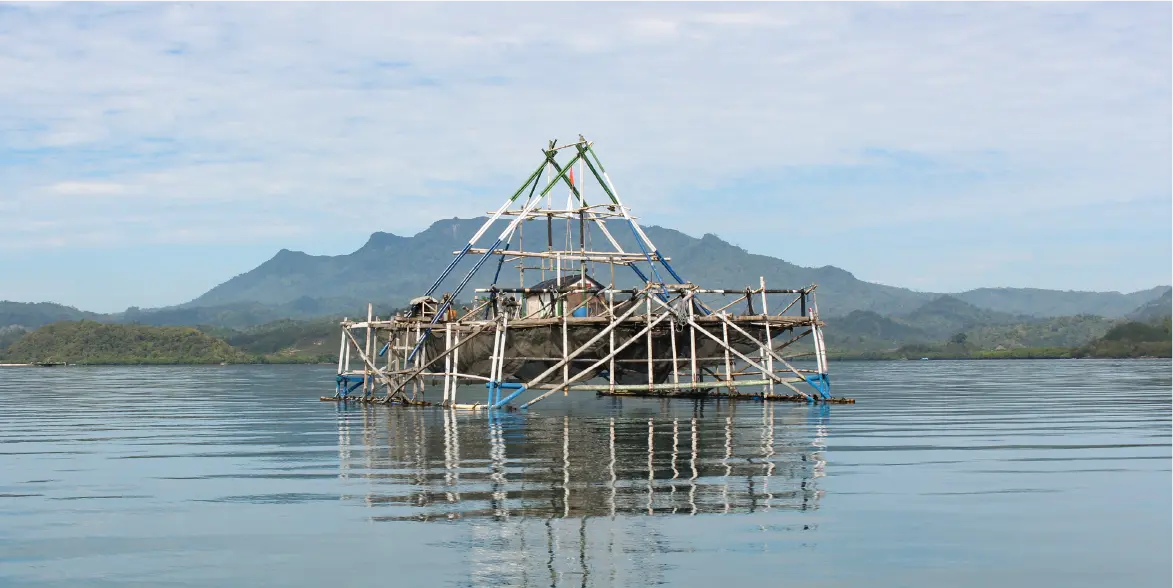People who are fond of traveling may already be familiar with Raja Ampat, especially the Wayag area. Moreover, lovers of the beauty of the sea and diving enthusiasts must have included Wayag, which is located in West Papua Province, in their list of favorite diving spots. What many people still don’t know is that in this exotic lagoon area, there is a conservation area with a technological approach that deserves to be explored deeper as a case study of sustainable fisheries.
The conservation area is the first ever coral manta ray growth habitat in the world located in the West Waigeo National Conservation Area, where the Wayag Lagoon which has become a worldwide tourist destination is included in the conservation area. Managing an area with 2 major activities in the form of tourism and conservation is certainly not easy. However, apparently this has been successfully carried out by the government through the management of the Raja Ampat Conservation Area.
Conservation in Waya as a Sustainable Fisheries Case Study that Has Received International Appreciation
Not long ago, in an event held in the city of Lisbon, Portugal, the Marine Conservation Institute (MCI) held the 2nd United Nations Ocean Conservation. On this occasion, the Raja Ampat Conservation Area was awarded a gold level Blue Park Award. The honor was awarded because MCI saw that the management of coral manta ray conservation in Raja Ampat was successful and effective, even though the conservation area shares the same area as the tourist area.
The appreciation obtained by the management of this conservation area is the proof of their hard work. The government through the Ministry of Maritime Affairs and Fisheries is indeed optimizing its human resources, along with the use of appropriate technology in managing the area. Several technological implementations that have made conservation management in Wayag worthy of emulation and made into sustainable fisheries case studies that have been carried out since 2013 include:
- Photo ID & Drone method
- Satellite Locator Method
- Passive Acoustic Tracking Method
Using these three methods, it was observed that the juveniles of coral manta rays were detected almost continuously in the Wayag Lagoon area without leaving the area for more than 4 months.
The Support of All Elements of Society Determines the Success of Conservation Management
The results of observations and findings summarized by a team consisting of experts and researchers regarding coral manta rays have been collected in an open-access scientific journal on Frontiers in Marine Science. Departing from this scientific journal, the National Marine Protected Areas Agency (BKKPN) formulated a better management strategy to improve the protection of the manta ray enlargement areas and ensure the survival of the juvenile coral manta rays that live in the Wayag Lagoon.
The success of the management of the Raja Ampat Islands Marine Conservation Area in elaborating the right utilization of technology as well as natural resources and human resources is a valuable lesson in itself. This is due to the fact that the Indonesian region has 201 conservation areas spread across various regions. Cross-sectoral synergy between the government, academics and other actors involved in the water sector is really needed.
How the Ministry of Maritime Affairs and Fisheries strives for the fisheries industry to develop while continuing to strive for the implementation of sustainable fisheries must indeed involve all levels of society, bearing in mind that economic progress without being accompanied by maintained natural conditions will backfire in the future.
We all have to play an active role so that there are no more actions that could damage nature or there are cases where protected animals are actually sold by unscrupulous seafood suppliers just for profit. Therefore, Aruna built Aruna Hub, a supply point where Aruna also empowers coastal communities through several activities, such as seafood transactions, warehousing, and community gatherings throughout Indonesia. As one of the elements in the marine ecosystem, Aruna will continue to support the government’s efforts so that the wider community can implement sustainability insights. With the application of sustainable insights in various aspects, economic and ecological progress can be achieved simultaneously.











Leave a reply
No comments found.